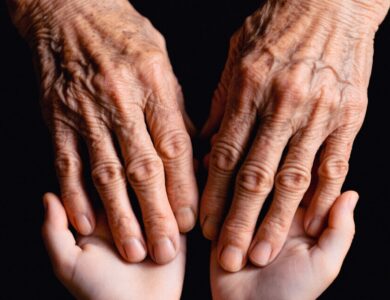
Introduction:
Communication is far more than words. Our posture, gestures, eye contact, and facial expressions all carry meaning—sometimes more than what we say aloud. However, in multicultural learning environments, interpreting nonverbal cues can be complex. What feels respectful in one culture might be seen as rude or strange in another. For educators and facilitators working in diverse settings, understanding the nuances of body language across cultures is essential for effective and inclusive communication.
The Power and Pitfalls of Body Language:
Body language often communicates intention, emotion, and engagement. A smile can show openness, a nod agreement, and crossed arms discomfort. Yet these cues are not universal. For example:
- In many Western cultures, direct eye contact shows confidence and honesty. In some Asian or African cultures, it may signal disrespect or aggression.
- The “OK” hand gesture is positive in the U.S., but offensive in parts of South America and Europe.
- Silence may feel awkward in fast-paced cultures, but it’s a valued sign of thoughtfulness in others.
Misreading these cues can lead to misunderstandings, tension, or alienation—especially in learning environments that depend on connection.
Why Cultural Competence Matters:
Cultural competence is the ability to understand, communicate with, and effectively interact with people across cultures. When educators are aware of how body language varies, they reduce the risk of stereotyping or miscommunication. More importantly, they make learners feel seen, respected, and safe.
Building Awareness of Nonverbal Differences:
- Educate Yourself and the Group:
Start with the basics. Provide examples of common gestures and what they mean in different regions. Encourage learners to share cultural norms from their own backgrounds. - Observe Before Interpreting:
Rather than reacting quickly to a gesture or behavior, pause. Consider the context and the individual’s background. Ask clarifying questions if necessary. - Acknowledge Ambiguity:
Teach learners that nonverbal cues don’t always mean the same thing. For instance, lack of eye contact may not indicate dishonesty—it might be a sign of respect or shyness. - Use Inclusive Body Language:
Adopt a posture that is open, relaxed, and approachable. Smile genuinely, nod attentively, and mirror learners’ energy levels without mimicking cultural behaviors inappropriately. - Check Your Biases:
Be aware of assumptions. Just because someone communicates differently doesn’t mean they are disengaged or disrespectful. Interpret with curiosity rather than judgment.
Activities to Explore Nonverbal Nuances:
- Cultural Charades: Have groups act out gestures common in their culture and guess their meaning.
- Video Analysis: Show clips from different regions and ask learners to identify emotions or social cues.
- Nonverbal Storytelling: Challenge learners to tell a short story using only gestures and facial expressions.
Digital Environments and Body Language:
Online learning changes how nonverbal communication works. Camera positioning, lighting, and even internet speed affect interpretation. Encourage learners to use features like emojis, thumbs-up icons, or hand-raising tools to communicate more clearly.
Be mindful that in some cultures or personal situations, learners may prefer to keep cameras off. Don’t equate visibility with engagement.
Conclusion:
Understanding nonverbal nuances across cultures builds bridges, not barriers. When educators take the time to learn and respect body language diversity, they create more inclusive, empathetic, and effective learning environments. In a globalized world, the ability to read between the lines—and gestures—is a critical communication skill.




